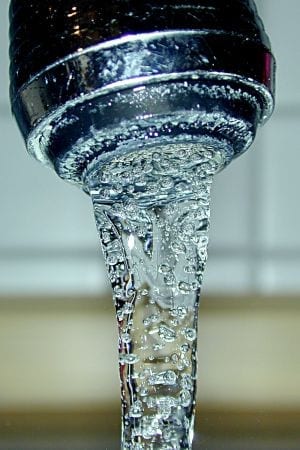Sea Lampreys Fear the Smell of Death
A repellant for sea lampreys could be the key to better controlling one of the most destructive invasive species in the Great Lakes, says a Michigan State University researcher.
Scientists have seen the effect alarm cues have on lampreys. When scents from dead sea lampreys are poured into a tank of live ones, the lampreys’ efforts to escape are dramatic. In the past, these reactions were simply dismissed as novel. But Michael Wagner, MSU assistant professor of fisheries and wildlife, sees this reaction as a potential game changer.
“Sea lampreys are one of the most costly and destructive Great Lakes’ invaders,” said Wagner, who published his results in the current issue of the Canadian Journal of Fisheries and Aquatic Sciences. “The effectiveness of the odor combined with the ease in which it’s obtained suggests that it will prove quite useful in controlling sea lampreys in the Great Lakes.”
Discovering an effective repellant puts research to control sea lampreys on a new path.
Scientists had proven that the destructive species rely on the odor emitted by past generations of larvae to navigate into streams with suitable spawning grounds. Upon arrival, another odor emitted by mature males lures females onto nests to complete spawning. Based on these observations, existing research has fully focused on using pheromones to attract sea lampreys into traps. Once caged, they are destroyed or sterilized and released back into the wild so they can be tracked but cannot reproduce.
But with many scent and environmental cues in natural waterways, using pheromones to attract sea lampreys doesn’t always work. On the other hand, repellants — even in miniscule amounts — may prove to be much more effective in diverting and corralling them, Wagner said.










